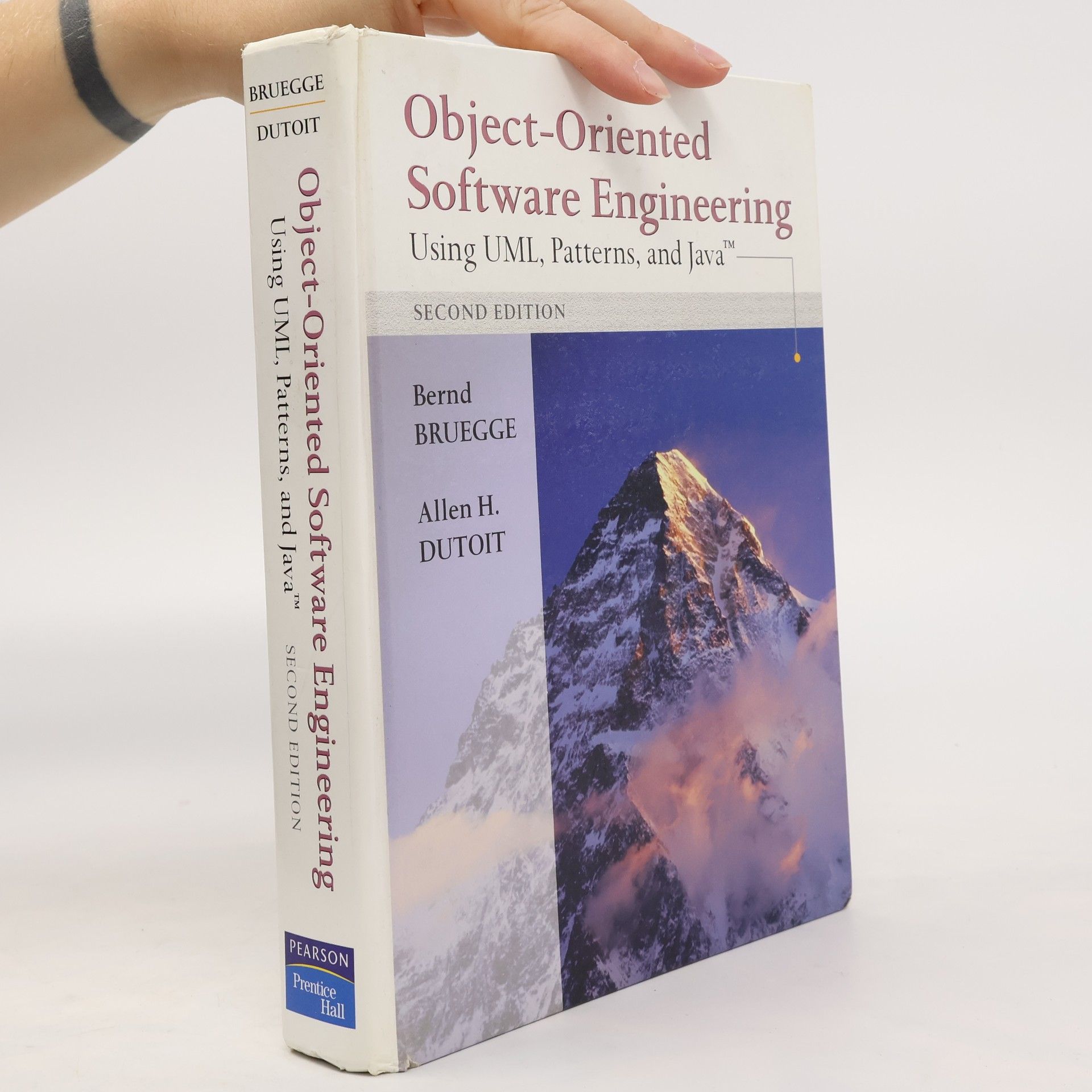This thoroughly updated text teaches students or industry R & D practitioners to successfully negotiate the terrain for building and maintaining large, complex software systems. The authors introduce the basic skills needed for a developer to apply software engineering techniques. Next, they focus on methods and technologies that enable developers to specify, design, and implement complex systems. Finally, the authors show how to support the system changes throughout the software life cycle.
Allen H. Dutoit Book order

- 2004